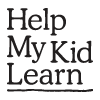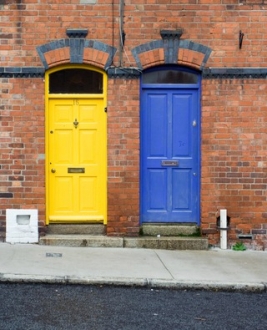What to do with this activity?
When talking with your child, notice the shapes around you. Do you see any circles, squares, rectangles or triangles? For instance, you could point out that doors are rectangular and so is the TV set.
Draw a circle, square, rectangle or triangle - it doesn't have to be perfect. Then encourage your child to have a go at tracing over the shape, either with a coloured pencil, or with their pointing finger. Talk about the shape you are drawing together, and how you can tell which shape it is. For instance, triangles have three sides, while squares and rectangles have four sides. Circles don't have corners at all.
If you have an android smart phone (any smart phone that is not an i-phone) you can download a free app "Baby Shapes and Colors" to play with your child. Play it with your toddler and talk about the choices you make.
-
Why am I doing this?
Maths is more than working with numbers. It also consists of shape and space, patterns, measuring – things you do and come across in everyday life. When children begin to learn formal maths at school, they are building on a foundation of early numeracy learning from home. Even though they may not even be aware of it, parents and children engage in numeracy activity as part of their everyday lives.
-
How can I do more?
Always teach numbers in a natural way through everyday activities and play. Count steps on a stairs, food in your shopping trolley or cows in a field. Compare things when talking big or small, long or short, older or younger and faster or slower: “You carry the small box and I’ll take the big one.” Use the words – up and down, over and under, near or far, more or less when talking to your child. Talk about the shapes of everyday things. Ask your child what shapes they can see around the room they’re in.
Rate this activity
![]()
![]()
![]()
![]()
![]()
Based on 32 reviews
How would you rate it?
1 = Poor, 5 = Great.



